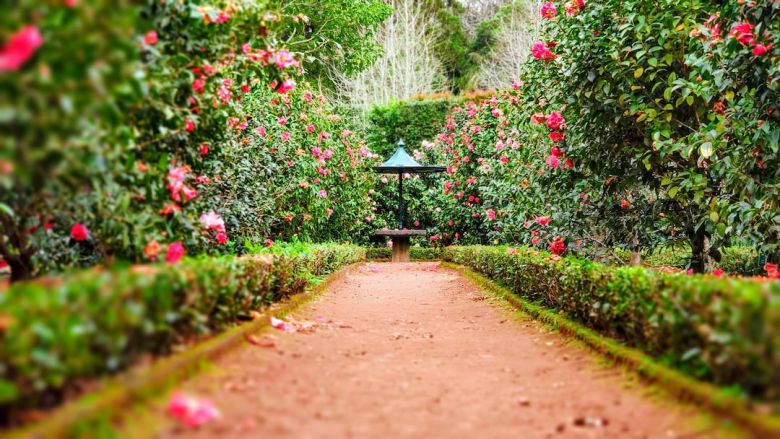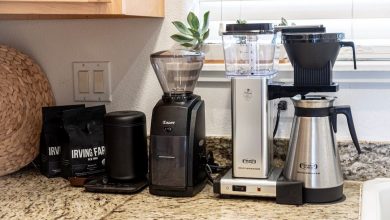How Can I Design a Low Maintenance Garden?

Having a beautiful garden is a dream for many homeowners. However, the thought of spending hours each week tending to plants and maintaining the space can be overwhelming. The good news is that designing a low maintenance garden is not only possible but also achievable with a few smart choices and careful planning. In this article, we will explore some key strategies to help you design a garden that requires minimal effort and still looks stunning.
Choose the Right Plants
One of the most important aspects of designing a low maintenance garden is selecting the right plants. Opt for native species that are well-suited to your climate and soil conditions. Native plants have adapted to the local environment and require less water, fertilizer, and overall care compared to non-native species. Furthermore, they are often more resistant to pests and diseases, reducing the need for chemical interventions.
Consider using perennial plants that come back year after year, as they require less replanting and maintenance compared to annuals. Look for varieties that have a long blooming season or interesting foliage, as this will provide visual interest throughout the year without much effort on your part. Additionally, consider incorporating plants with different heights and textures to create a dynamic and visually appealing garden.
Group Plants by Watering Needs
Another effective strategy for designing a low maintenance garden is to group plants with similar watering needs together. This allows you to efficiently water your garden without wasting water on plants that don’t require as much moisture. By dividing your garden into different watering zones, you can easily monitor and adjust the amount of water each zone receives, saving both time and resources.
To determine the watering needs of different plants, consider factors such as their natural habitat, size, and the type of soil they prefer. For example, plants that thrive in dry, sandy soil will require less water than those that prefer moist, loamy soil. By planting accordingly, you can create a harmonious garden that is easy to care for.
Mulch and Weed Control
Mulching is a simple yet effective technique to reduce weed growth and conserve moisture in your garden. Apply a layer of organic mulch, such as wood chips or straw, around your plants to suppress weeds and retain moisture in the soil. Mulch also helps regulate soil temperature, keeping it cooler in the summer and warmer in the winter.
Regularly inspect your garden for weeds and remove them promptly to prevent them from spreading and competing with your desired plants for nutrients. Consider using weed barriers, such as landscape fabric, in areas where weed growth is particularly problematic. These barriers can be placed under mulch or decorative stones to prevent weeds from penetrating the surface.
Minimize Lawn Areas
Lawns are often the most time-consuming and resource-intensive part of a garden. Consider minimizing the size of your lawn or even eliminating it altogether to reduce maintenance requirements. Instead, create functional outdoor spaces using low-maintenance alternatives such as patios, decks, or gravel areas.
If you still want to have some green space, consider using low-maintenance grass varieties that require less mowing, watering, and fertilizing. Alternatively, explore the option of artificial turf, which provides the look of a lawn without the need for regular maintenance.
Implement Smart Irrigation Systems
Efficient irrigation is essential for a low maintenance garden. Consider installing a smart irrigation system that can automatically adjust watering schedules based on weather conditions, soil moisture levels, and plant water needs. These systems can save water by avoiding overwatering and can be controlled remotely using a smartphone app.
Additionally, consider using drip irrigation or soaker hoses instead of traditional sprinklers. These methods deliver water directly to the root zone of plants, reducing water loss through evaporation and minimizing weed growth.
Conclusion: Enjoy Your Low Maintenance Garden
Designing a low maintenance garden is all about making smart choices and planning ahead. By selecting the right plants, grouping them according to their watering needs, using mulch and weed control methods, minimizing lawn areas, and implementing efficient irrigation systems, you can create a beautiful garden that requires minimal effort to maintain. So, go ahead and enjoy your low maintenance garden, knowing that you have created a space that brings beauty and tranquility into your life without the burden of excessive maintenance.




